It’s a strange compliment to pay a composer — that the most profound impression their music makes is of an absence. I can’t claim much prior experience of the composer Mieczyslaw Weinberg, who died in 1996: a vague sense of a Shostakovich-like figure who had a bad time of it under Stalin, and the composer of an opera, The Passenger, for which great claims are made by people whose judgment I respect but who probably, on balance, spend too much time with their heads in Eastern Europe. By the end of the first evening of this ‘Weinberg Weekend’, devised by Mirga Grazinyte-Tyla and the City of Birmingham Symphony Orchestra, I felt slightly ashamed about that.
Gidon Kremer played his own violin transcription of Weinberg’s 24 Preludes for solo cello. Throughout the hour-long cycle — Kremer’s idea — images by the Lithuanian photographer Antanas Sutkus came and went on a screen above his head — scenes of Soviet Pioneer children under lowering skies, trolleybuses on potholed roads, and figures silhouetted against icy public squares. I couldn’t perceive much connection between music and images, but they did license the imagination to wander beyond the purely musical, and that’s when you started to notice the way Weinberg would give a single phrase of a melody and drift off; how grand introductory chords would teeter over a silence, or a pizzicato figure would sputter off into nothing, like raindrops falling on newspaper.
The expressive power of Weinberg’s music seems to lie in the way it shapes itself around those gaps, the things unfinished or unsaid. It brought to mind Georges Perec’s novel La Disparition (written just a year later than the Preludes, in 1969). Famously written entirely without using the letter E, it’s a dazzling creative game. It’s also an artistic demonstration of how a single missing element inevitably changes the shape of every thought or sentence; modifies the rhythm and colour of an entire existence. Weinberg’s immediate family, like Perec’s, was murdered in the Holocaust; his subsequent career in the USSR was punctuated by threats (and at one point imprisonment) by a Soviet regime suspicious of his Polish origin and his Jewishness.
So his Violin Concertino of 1948 — played the following morning by Kremer and his chamber orchestra Kremerata Baltica — is an exercise in creating social realist sunshine that just keeps fading into an overcast sky. You sense Weinberg’s personality in his very disengagement. The most inspiring thing about this performance — along with the previous night’s Preludes — was how completely Kremer subtracted himself from the equation. He occasionally sounded coarse, even distorted, and the few moments when a virtuoso flourish glinted out, or Kremer’s full, glorious tone flushed a phrase like a rush of blood, were passed over as if incidental. His orchestra played selflessly too. A string transcription of Bach’s D minor Chaconne — performed without a conductor — had the warmth and graceful, instinctive alertness of a living creature; 25 virtuosos in absolute agreement that they mattered less than Bach, or for that matter the audience. The saddest music in the world: it felt like receiving a blessing.
That night, Kremerata Baltica joined Grazinyte-Tyla and the CBSO for the UK premiere of Weinberg’s 21st symphony, with Kremer perching himself behind the second violins to play the work’s extensive violin solos. The symphony peels back the bandages protecting Weinberg’s unhealed wound, and amid the klezmer interludes, orchestral screams and numb double bass solos, it certainly feels like the genuine article. Its 60-minute arc moves with what Schoenberg called ‘the breath of the symphonist’, and when Weinberg has a piano quote a scrap of Chopin, he’s not being satirical or postmodern (the symphony was written in 1991) or any such rot — rather Weinberg realises that he needs what Chopin alone offers, and in precisely that quantity. You might call that mastery.
New Sussex Opera, a resourceful and imaginative semi-pro outfit, has revived Charles Stanford’s 1920 opera The Travelling Companion. It’s a fairy tale, adapted from Hans Christian Andersen by Henry (‘Vitaï Lampada’) Newbolt, and Stanford sets it with just enough orchestral and harmonic spice to stop you remembering — as demonic spirits waft barefoot about the stage to music that Saint-Saëns might have considered a trifle tame — that this was first staged 20 years after Salome and 12 years after Le Sacre du Printemps.
Of course, that shouldn’t really matter, and the conductor Toby Purser, the orchestra and the professional leads — notably Kate Valentine as a princess with a Turandot complex, and Julien van Mellaerts as the (possibly angelic) Travelling Companion — went at it with absolute sincerity and a real sense of Stanford’s lyrical idiom. Ultimately, though, you are still dealing with an opera in which the hero brandishes his sword to a cry of ‘God save us all from goblins!’ ‘This is nothing like La traviata,’ muttered the lady to my left, with some justification.
Got something to add? Join the discussion and comment below.
Get 10 issues for just $10
Subscribe to The Spectator Australia today for the next 10 magazine issues, plus full online access, for just $10.
You might disagree with half of it, but you’ll enjoy reading all of it. Try your first month for free, then just $2 a week for the remainder of your first year.

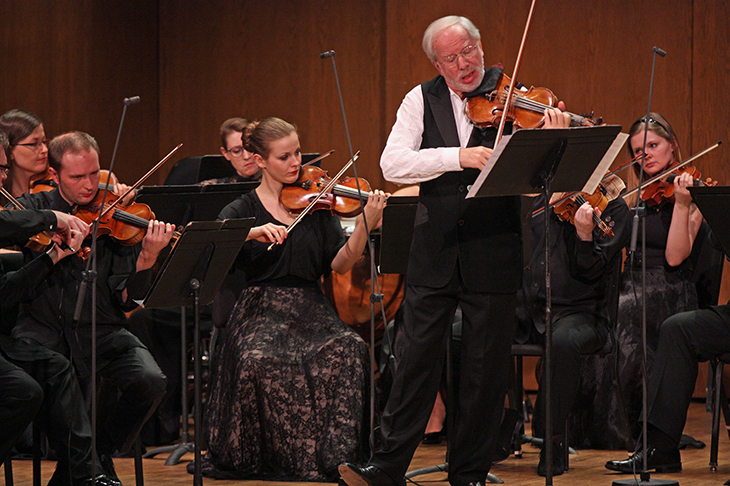
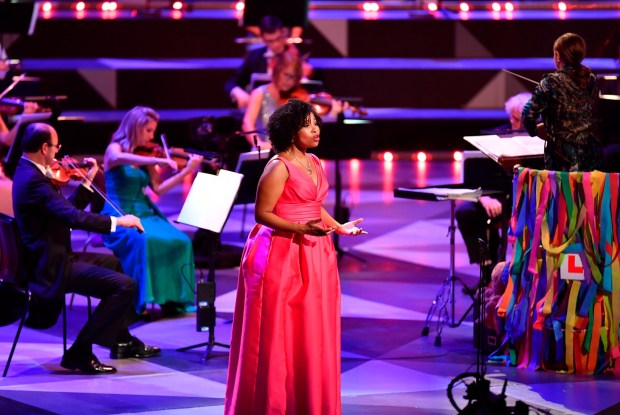
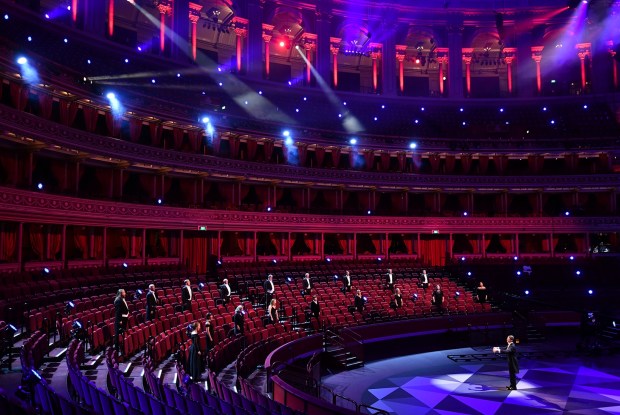
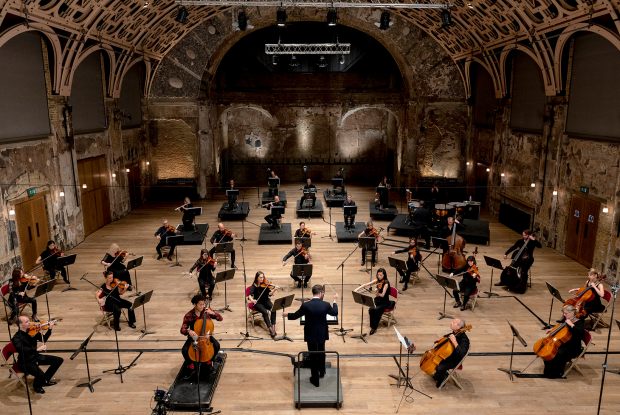
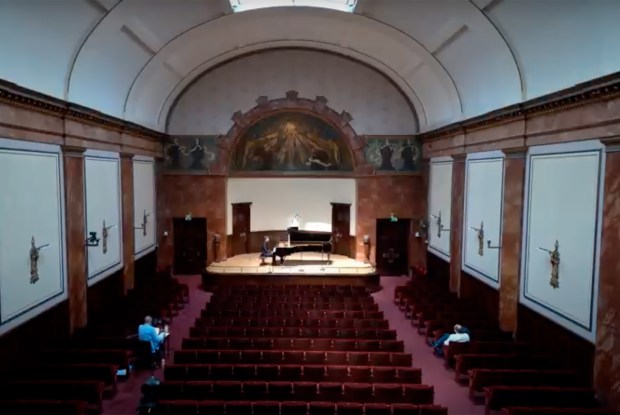
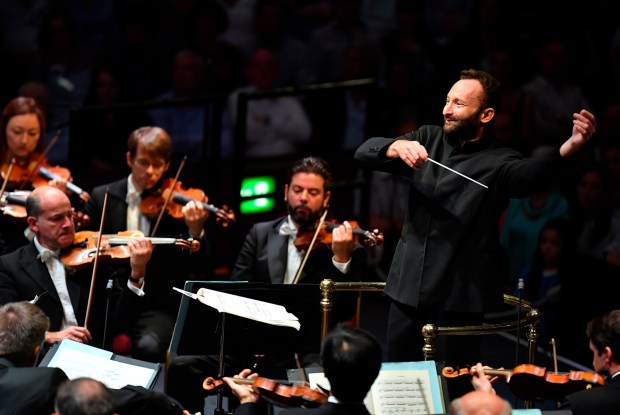
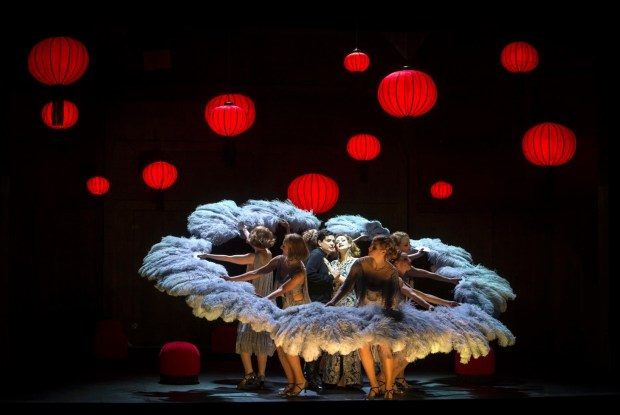






Comments
Don't miss out
Join the conversation with other Spectator Australia readers. Subscribe to leave a comment.
SUBSCRIBEAlready a subscriber? Log in